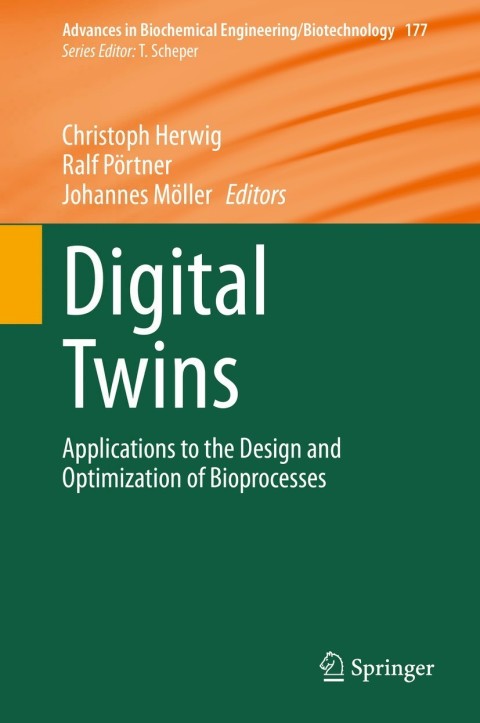
Digital Twins: Applications to the Design and Optimization of Bioprocesses PDF
262 Pages·2021·8.9073 MB·other
Most books are stored in the elastic cloud where traffic is expensive. For this reason, we have a limit on daily download.
Preview Digital Twins: Applications to the Design and Optimization of Bioprocesses
Description:
This is the first of two volumes that together provide an overview of the latest advances in the generation and application of digital twins in bioprocess design and optimization. Both processes have undergone significant changes over the past few decades, moving from data-driven approaches into the 21st-century digitalization of the bioprocess industry. Moreover, the high demand for biotechnological products calls for efficient methods during research and development, as well as during tech transfer and routine manufacturing. In this regard, one promising tool is the use of digital twins, which offer a virtual representation of the bioprocess. They reflect the mechanistics of the biological system and the interactions between process parameters, key performance indicators and product quality attributes in the form of a mathematical process model. Furthermore, digital twins allow us to use computer-aided methods to gain an improved process understanding, to test and plan novel bioprocesses, and to efficiently monitor them. This book explains the mathematical structure of digital twins, their development and the model’s respective parts, as well as concepts for the knowledge-driven generation and structural variability of digital twins. Covering fundamentals as well as applications, the two volumes offer the ideal introduction to the topic for researchers in academy and industry alike.
See more
The list of books you might like
Most books are stored in the elastic cloud where traffic is expensive. For this reason, we have a limit on daily download.
